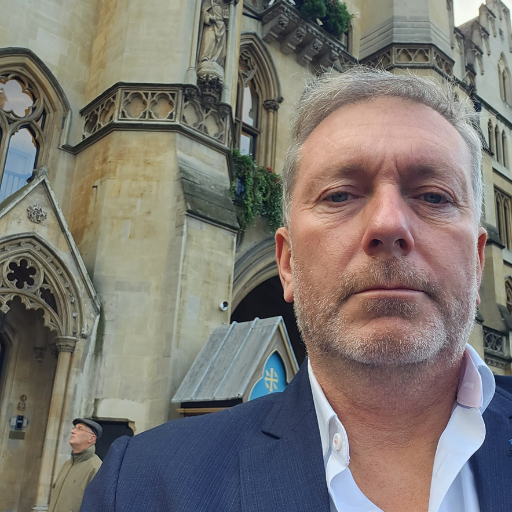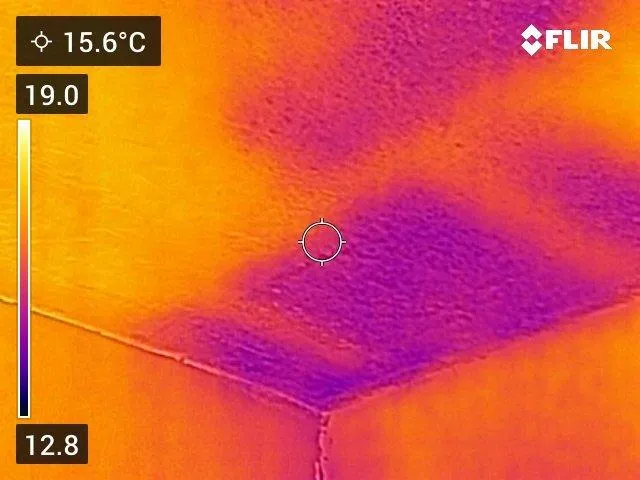
The Statutory Hazard of Damp and Mould
Strengthen your Client’s claim with our new toxic mould reporting service
Since the introduction of the Homes (Fitness for Human Habitation) Act 2018, the Landlord & Tenant Act has been amended to include an actionable Fitness for Human Habitation clause. In order to determine Fitness for Human Habitation we consider the 29 hazards contained within the Housing Health & Safety Rating System which forms part of the Housing Act 2004. Up until the introduction of the Homes Act, the Fitness clause was non-actionable.
One of the enhanced obligations placed on landlords is to keep the property free from dampness, including the effects of condensation dampness, even if the condensation is caused by poor property design, poor ventilation or poor insulation.
One of the consequences of condensation dampness is the growth of mould. Some species of mould are relatively harmless, however some species are extremely harmful and can cause permanent damage to health. The problem is that visually (to the naked eye) all moulds can appear very similar. The only way to properly determine the species and whether or not it is harmful to the health and wellbeing of the occupiers of a property is to test it.
Redfearn Experts have developed a quick and effective method of collecting samples and these are then sent to and tested within a laboratory that is accredited to the British Occupational Hygiene Society, Constructionline, Contractors Health & Safety Assessment Scheme (CHAS) and the Institute of Specialist Surveyors & Engineers. They also work to the most up to date legislation and guidelines, such as those set out by ISO, HSE and World Health Organisation.
The results are available in a few days and we then produce a report detailing the particular genus of mould spore along with any hazards associated with them. The benefit for you and your client is that this report will provide irrefutable evidence that a property is unfit for human habitation and potentially support a personal injury claim alongside the housing conditions claim.
Case Study
Date of inspection: 27 January 2021
Property type: one-bedroom 1st floor flat
Findings: This property is besieged with black mould as a result of condensation issues caused by inoperative mechanical extractor fans, missing loft and Mansard roof insulation creating cold areas that have been promoting condensation dampness.
Process: during the inspection mould samples were obtained and then delivered to our laboratory for testing. The results were available within 48 hours.
Results: The mould genus identified were Cladosporium sp. and Acremonium sp.
Hazards to Health:
Cladosporium
This is a common mould that in big enough doses can affect human health. It can cause allergies and asthma in some people and in rare cases it can cause infections.
Acremonium
This type of mould is HIGHLY DANGEROUS. It can lead to diseases in the bone marrow, immune system, and other organs. Acremonium is toxic and is considered a carcinogen that can also impair brain function.
Conclusion: These results clearly indicate that this property is certainly not fit for human habitation in its present condition. We recommended to our instructing principals that the occupants be decanted from the property immediately until this statutory hazard has been abated.
Whilst many moulds present within properties are not known to cause health issues, there are other species that can cause irreparable damage to human health if left unmitigated. Paragraph 7.1d of the Housing Disrepair Pre-Action Protocol places a responsibility on experts in these matters to ensure that we gather evidence in respect of ALL adverse housing conditions which the Landlord ought reasonably to know about or, more significantly, which the expert ought reasonably to report on. With the introduction Housing Conditions Claims, it is more than reasonable for experts to report on the toxicity of mould given the potential for damage to the health of the Claimants. Unfortunately, unlike other housing conditions issues, the toxicity of any mould present is invisible to the naked eye. The only way to be sure is to test.
We now offer a mould testing service to all of our clients. If you’re interested in gaining the edge in your housing conditions claims, please get in touch to discuss our mould sampling and reporting further.
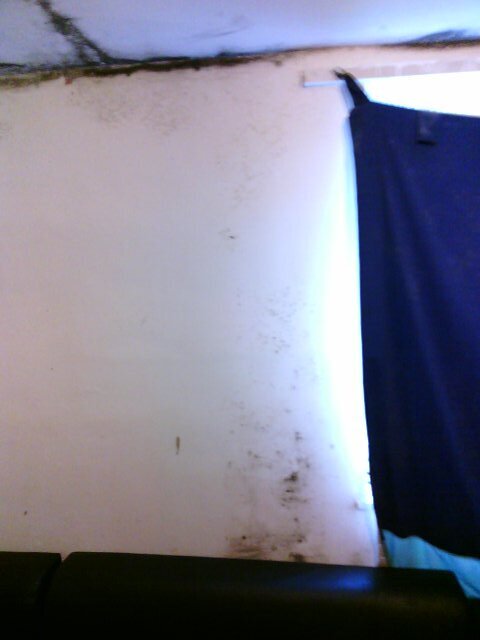
Toxic black mould growth due to condensation damp
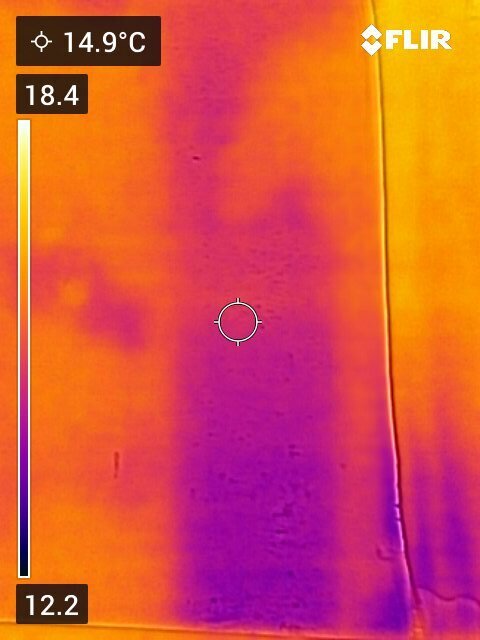
Corresponding thermographic image showing cold areas due to missing insulation promoting the condensation dampness
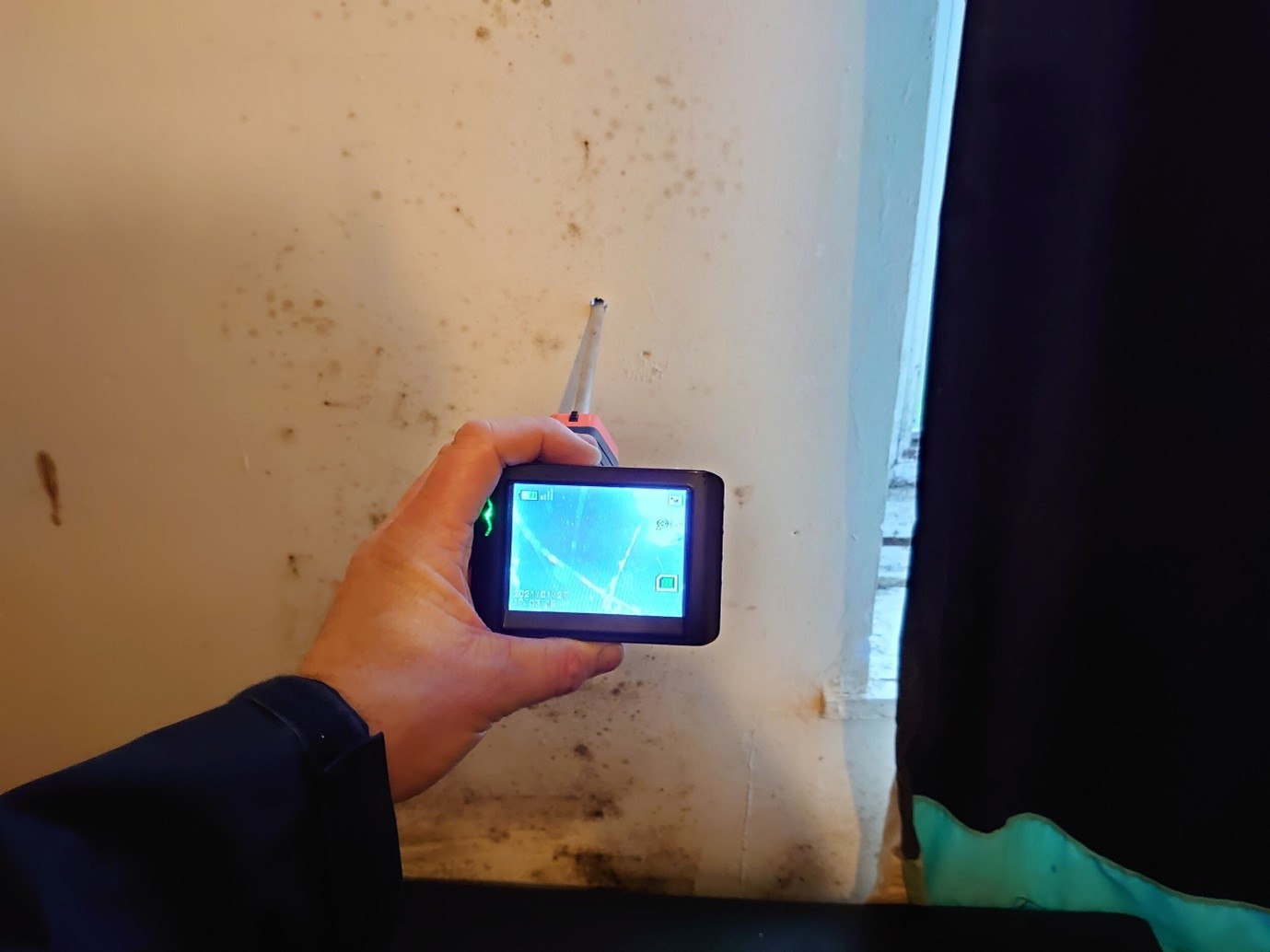
Borescope inspection in the same location confirming voids in the Mansard roof insulation
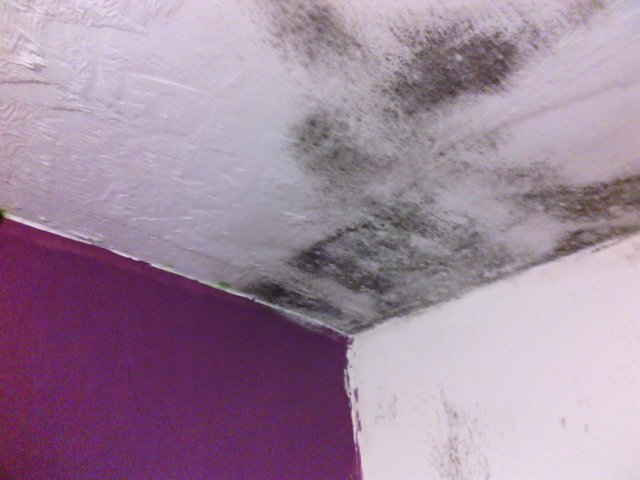
Toxic black mould due to missing loft insulation

Corresponding thermographic image showing cold areas where the insulation is missing
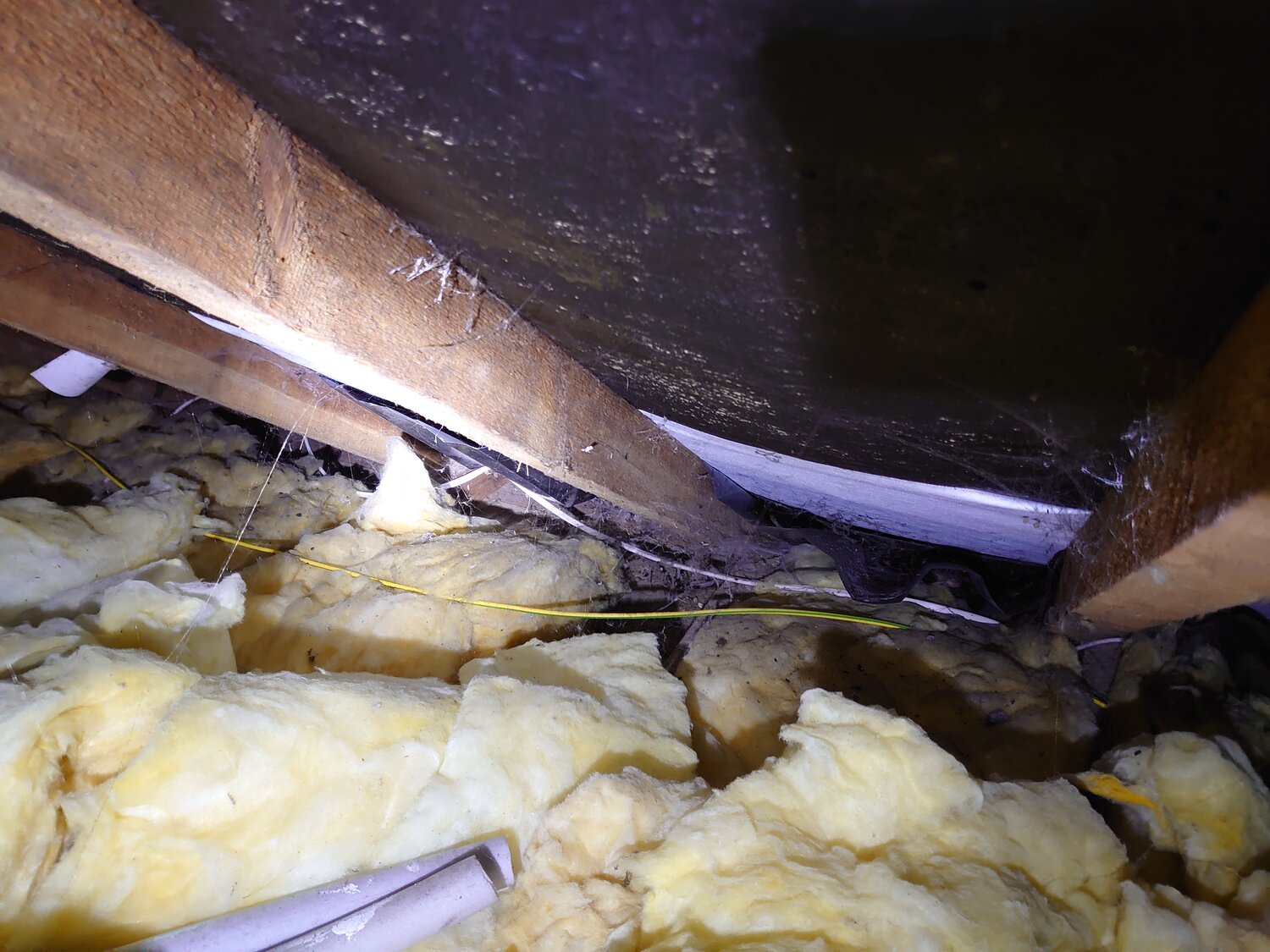
Photograph within roof space showing missing loft insulation
